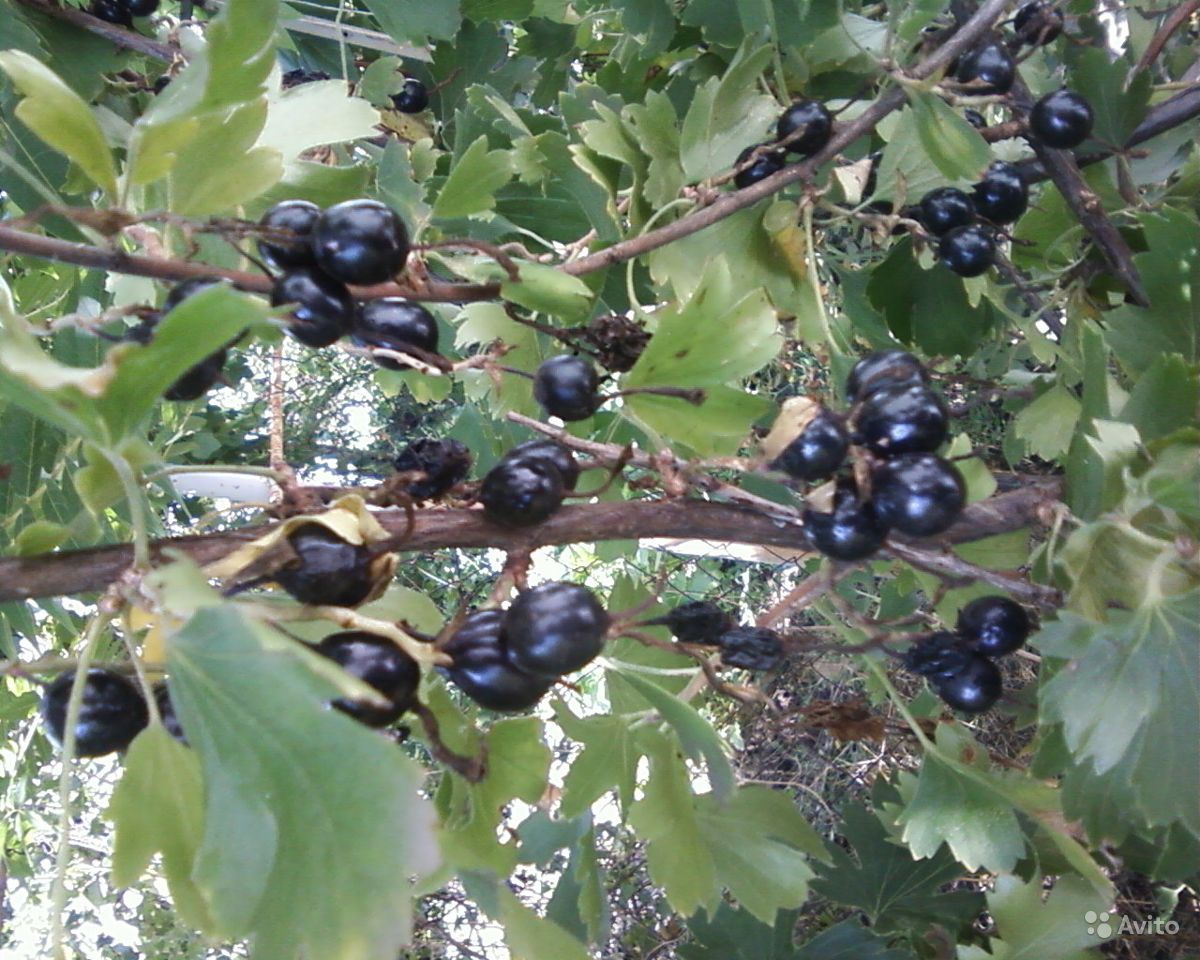|
| Common Animals Fish Mushrooms Flora |
Ribes canadense |
June: Fruit set and growth.
Used by Indigenous peoples of North America for food and medicine Berries used for dyeing fabrics and drinks
Shrub up to 1.5 m, leaves three-lobed and hairy Berries grow in dense clusters, dark purple color
Found in North America, especially in forests and along streams Berries ripen in mid to late summer and are hand-picked
Best to harvest berries after morning dew on dry days Slightly underripe berries are more aromatic and store better
Sort and rinse berries with cold water Freeze or dry well for storage
Berry: Dark purple, sweet-tart, good for cooking
Leaf: Used in herbal infusions and teas
Leaf: Used in herbal infusions and teas
Canadian Currant Syrup (Boiling)
Thick and aromatic, ideal for drinks and desserts
Thick and aromatic, ideal for drinks and desserts
1. Press juice from berries.
2. Add sugar (700 g per 1 liter), cook for 10–15 minutes.
3. Bottle and store in refrigerator.
2. Add sugar (700 g per 1 liter), cook for 10–15 minutes.
3. Bottle and store in refrigerator.
Canadian Currant Pie (Baking)
Berries give tartness and deep color
Berries give tartness and deep color
1. Prepare shortcrust dough and press into a pan.
2. Spread berries and sprinkle with sugar.
3. Bake for 30–35 min at 180°C (350°F).
2. Spread berries and sprinkle with sugar.
3. Bake for 30–35 min at 180°C (350°F).
Canadian Currant Jelly (Boiling)
Holds shape well, intense flavor
Holds shape well, intense flavor
1. Wash berries, mash and cook for 10 minutes.
2. Strain, add sugar and pectin.
3. Cook until thickened, pour into jars.
2. Strain, add sugar and pectin.
3. Cook until thickened, pour into jars.
Canadian Currant Banana Smoothie (Blending)
Refreshing and vitamin-rich drink
Refreshing and vitamin-rich drink
1. Blend berries, banana, and yogurt.
2. Add honey to taste.
3. Serve chilled.
2. Add honey to taste.
3. Serve chilled.
 United States · Texas · Travis
United States · Texas · Travis